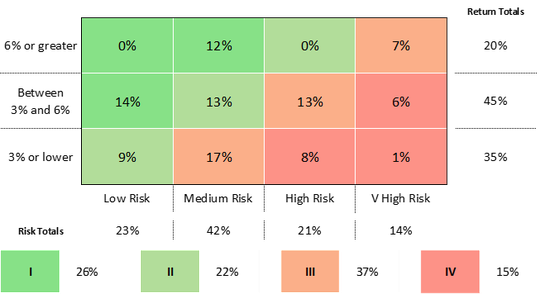
Emmaus Village Carlton, which received investment from Charity Bank
Portfolio allocation
There are four elements to constructing our portfolio so that we can create the maximum impact in a sustainable way over time. This approach enables us to maintain a strong level of commitment and generate returns that ensure our capital is available in future years.
First, we start with the social issue, identifying solutions to social problems where investment could play a role. Some investment opportunities come to us, while others are developed by working with fund managers and partners. Both approaches require us to understand the available revenue models - considering the potential for social impact, systems change and financial return. Where investment products are not currently available, we aim to design them.
Second, we weigh opportunities and risks against our strategic priorities and long-term vision for social impact investment. We are mindful of the risks across financial, impact and systems change dimensions. Given our mandate, we are generally more comfortable taking some kinds of risk than others.
Specifically, we believe it is our role to take on certain types of risk when we have high conviction in an opportunity’s impact or systems change potential.
Third, we consider how best to bring in greater amounts of capital on a sustainable basis, and price investments where others are willing to invest. This approach best enables our capital to bring in other investors to achieve our goals. We aim to grow the market, not be the market.
Finally, we weight our capital commitments across opportunities to create a balance between strategic objectives, diversified across factors such as frontline organisational types, intermediaries, geography, segment growth rates and product types.
Our objective is to build a broad market while maximising impact and systems change as well as meeting our financial targets on commitment, drawdown rate, liquidity and return. Our higher returning, lower-risk investments generally attract more investors to impact investing and also help cross-subsidise the important catalytic investments we make that have higher risk and potentially lower returns.
The table below maps our portfolio as at the end of 2020 into risk/return zones. The vertical axis shows the return (expected net portfolio IRR at time of investment approval) and the horizontal axis shows financial risk (dispersion of expected return).

Portfolio construction financial risk/return zones